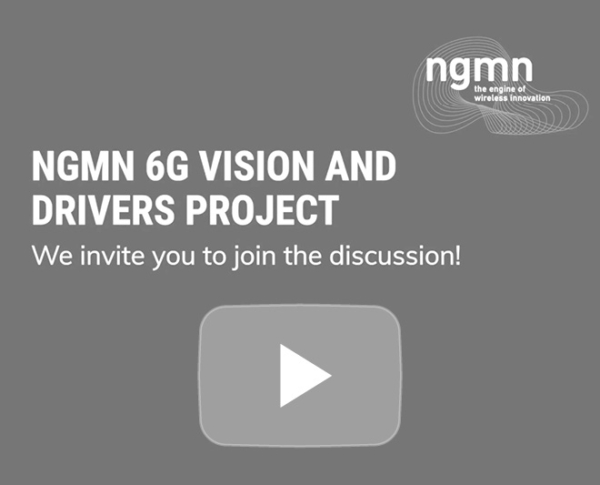NGMN Press And Industry Briefing
Together with Telecom TV, we are excited to invite you to the NGMN Press and Industry Briefing taking place virtually on June 24, 2021, from 3pm – 4pm CEST.
During the last year, NGMN went through a significant transformation – jointly driven by the new Chairman of the Board Arash Ashouriha from Deutsche Telekom, the new CEO Anita Doehler as well as by the entire NGMN Board.
Please join us to hear from NGMN Board Executives representing the regions Americas, Asia and Europe about the alliance’s new strategy. The key activities of the new NGMN Work Programme will be introduced, with the focus areas:
- Operating Disaggregated Networks
- Green Future Networks and
- 6G
addressing existing and upcoming industry challenges.
Be the first to experience the exclusive unveiling of our new brand in line with our new strategy.
The confirmed NGMN Board member participants are:
- Arash Ashouriha (SVP Group Technology Innovation, Deutsche Telekom and Chairman of the NGMN Board)
- Carlos Fernandes (VP Group Technology Innovation, Deutsche Telekom)
- Anita Döhler (CEO, NGMN Alliance)
- Yuhong Huang (Deputy General Manager China Mobile Research Institute, China Mobile)
- Luke Ibbetson (Head of Group R&D, Vodafone)
- Michael S. Irizarry (EVP and CTO Engineering and Information Technology, UScellular)
- Emmanuel Lugagne Delpon (SVP Orange Labs Networks, Orange)
The NGMN Press & Industry Briefing will be moderated by Guy Daniels of Telecom TV.
In addition, further Board Directors will join the audience together with top management representatives of NGMN industry and research partners as well as international analysts and press representatives.
If you missed the live show, you can watch the on demand recording from TelecomTV here.
For further information please download the NGMN Press & Industry Briefing presentation here.

